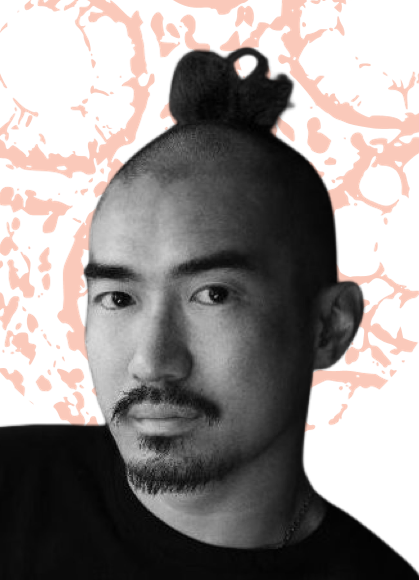Spatial Interaction
Computer mouse, touchscreen, voice… Over the history of computing, humans have continued to adapt new ways to use technology, but if it’s the other way around? What if technology adopts human needs? This talk is about how we can redefine relationships between humans and computers in physical spaces.
Spatial Interaction is an HCI theme and design framework with the goal of creating natural ways to interact with computers and AI agents in physical spaces. We humanize sensing technologies and machine perceptions to understand user context through a combination of verbal and non-verbal cues such as voice, face, presence, proximity, hand movements, and eye gaze.
The presentation will also include case studies with actual interactions currently available on consumer products created through over 5 years of research and product developments at Google. Throughout our research, we revisited the meaning of natural interactions to learn from social interaction, nonverbal interaction, proxemics, and ergonomics to achieve more thoughtful ways to interact with information and technologies.
About Hideaki
Hideaki Matsui is a Japanese designer who’s passionate about merging digital and physical worlds and creating innovative experiences through cross-disciplinary and cross-cultural collaboration.
Currently working at Google, where he is leading a team to humanize emerging technologies for Google Hardwares in various categories including ambient & spatial computing, wearable computing, AI assistant, and robotics.
During his tenure at agencies such as fuseproject and Smart Design, Hideaki’s designed products and strategies for top-tier corporations such as Samsung, British Gas, NBC Universal, Coway, SC Johnson and UCB. He’s earned numerous prestigious design awards including Red Dot, iF, IDSA IDEA, Fast Company, Cannes, IxDA, Core77, and others
Beyond design work, Hideaki is a social entrepreneur who co-founded Cleanup soap to raise funds and awareness for demining landmines in Cambodia. His project was recognized and selected as part of the droog design collection.
He holds a BFA in Industrial Design from Parsons in New York and completed a postgraduate study in Interaction Design from CIID, Copenhagen Institute of Interaction Design.
